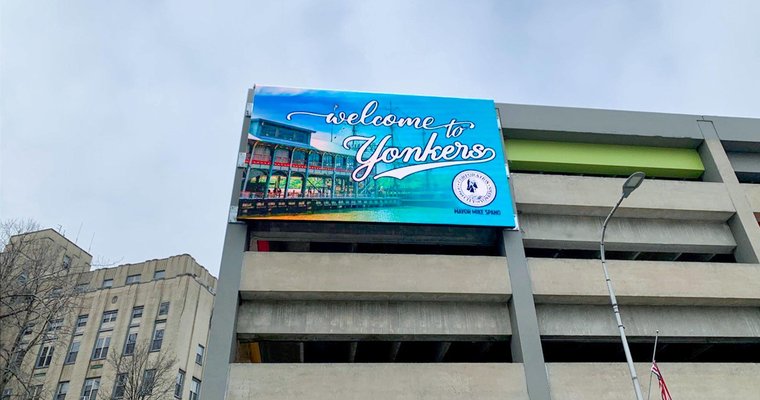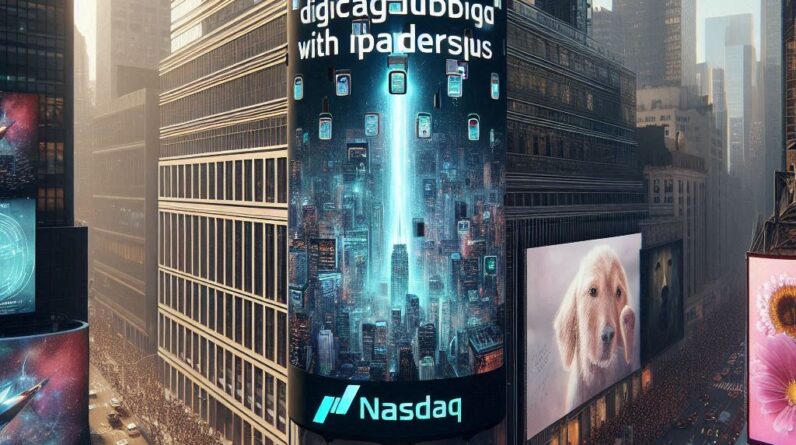
[ad_1]
Tapping into digital signage as a major internal communications channel paves the way for a more cohesive, informed, and motivated workforce. Moreover, it helps improve the in-office workplace experience, driving more organizational success in today’s workplace.
Despite the daily headlines announcing another big company’s return-to-office mandate, the dispersed workforce is here to stay. Workers returning to the office now have greater expectations, wanting more than just a physical space from which to carry out their daily tasks. These heightened expectations are creating challenges for HR teams striving to keep employee communications current, informative, and engaging.
When it comes to workplace communications tools, the temptation is often an “out with the old, in with the new” technology mantra. While digital signage is a technology mainstay, the technology is rapidly evolving to meet the needs of HR teams looking to move their communications strategies forward.
According to one research study, the global digital signage market was valued at $25.1 billion last year and is projected to reach $52.7 billion by 2032. Over the next 10 years, this market is anticipated to record the highest compound annual growth rate of 7.7%. In sum, digital signage has grown into a dynamic tool that revolutionizes how organizations communicate with their employees.
In a dispersed workplace, employees lack the day-to-day interactions that occur in traditional offices. Digital signage fills this void, providing a virtual meeting point where colleagues can gather virtually, fostering a sense of community and shared purpose.
Digital signage also can support the “why” of employees working in the office. Messages celebrating milestones, recognizing achievements, and sharing company news become more impactful when displayed on dynamic digital screens, creating a stronger sense of belonging. Using digital signage in the workplace, HR can maximize SharePoint to effectively promote critical information from the company intranet, such as events and pages.
Auto-generated QR codes on the digital signs will guide employees to the right source of information – whether that’s an intranet or an employee app. When employees add their reactions to the news via the employee app, these reactions (think: thumbs up emoji) can be displayed on the digital sign.
This creates a social media-like environment or a 360-degree communications loop that delivers continuous employee engagement across all channels.
The integration of artificial intelligence (AI) with digital signage marks another significant milestone in its evolution. AI empowers digital signage to become smarter, more responsive, and highly personalized. With AI, localization, and translation of content is now possible at scale.
Through machine learning algorithms, digital signage platforms also can analyze data and adapt the content in real time, tailoring messages to the specific needs and preferences of the audience.
Dynamic content recommendations based on user behavior, weather updates, or even time of day, are all made possible through AI. For example, a digital sign in a lobby could display a warm greeting in the morning and switch to important updates during peak work hours. In a dispersed workplace, this level of customization ensures that every employee, regardless of location, receives messages that resonate with them.
Moreover, AI-powered analytics provide valuable insights into content performance. This is especially useful to HR teams. They can track engagement metrics, such as views and interactions, enabling them to refine their communication strategies and ensure messages are relevant.
In the fast-paced world of modern business, staying connected with employees is essential for success. While “The Great Resignation” may be in our collective rearview mirror, employee satisfaction and engagement will forever be connected to business outcomes.
Digital signage emerges as a dynamic solution to address the unique challenges posed by dispersed workforces.
By leveraging the power of AI and data analytics, businesses can transform their internal communication strategies, ensuring that messages are delivered efficiently and are engaging for every team member, regardless of where they are working.
Tapping into digital signage as a major internal communications channel paves the way for a more cohesive, informed, and motivated workforce. Moreover, it helps improve the in-office workplace experience, driving more organizational success in today’s workplace.
Before joining Appspace in 2012, Thomas spent 15 years at Cisco in a variety of sales and leadership roles. Although a Belgian national, Thomas now lives in Costa Rica, personifying the Appspace mission of keeping workers engaged and productive, regardless of where they are working.
[ad_2]
Source link






